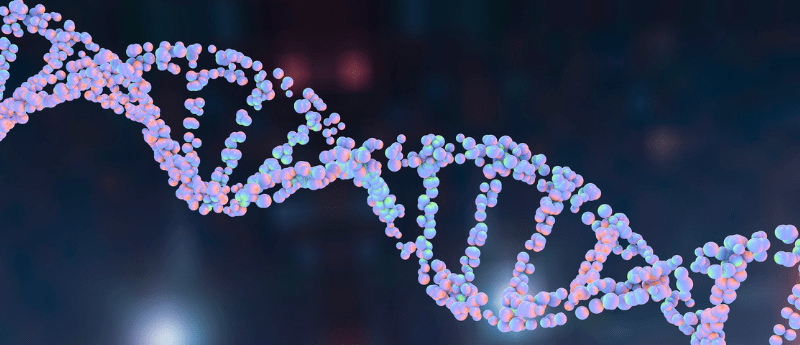Base editors correct gene defect causing hereditary liver disease

Researchers have successfully demonstrated that CRISPR adenine base editors can be utilized to correct a gene defect causing a hereditary liver disease known as argininosuccinate lyase deficiency (ASLD).
ASLD is an autosomal recessive metabolic disease caused by a defect in the ASL gene, resulting in the deficiency of the enzyme arginosuccinate lyase. ASLD can manifest in different forms, ranging from a severe neonatal-onset form to a milder late-onset form.
Arginosuccinate lyase plays a role in the urea cycle by cleaving argininosuccinic acid to produce arginine and fumarate, necessary for the detoxification of ammonia. In patients with ASLD, the absence of the enzyme leads to the excessive accumulation of ammonia, resulting in hyperammonemia. As ammonia is a neurotoxin, this impairs normal function of the central nervous system, resulting in symptoms such as lethargy, cognitive impairment, vomiting, refusal to eat and, if untreated, the possibility of seizures and coma. The condition can also damage the liver by affecting cellular function of hepatocytes.
Currently the condition is managed by dietary intervention, arginine supplementation, nitrogen scavenging and, in some cases, liver transplantation. Despite this, there remains an unmet clinical need to improve current interventions available to patients.
In a bid to address this, a team of researchers from the University of Helsinki and HUS Helsinki University (both Finland) set out to develop a potential therapy for ASLD utilizing CRISPR base editors.
In ASLD, the severity of the disease is dependent on the ASL gene variant and in this study the team corrected the Finnish founder ASL variant known as c.1153C>T, commonly found in individuals of Finnish heritage. The team reprogrammed fibroblasts taken from ASLD patients into human-induced pluripotent stem cells.
The team edited the c.1153C>T variant of ASL in the stem cells by utilizing mRNA-encapsulated lipid nanoparticles to deliver mRNA that encoded adenine base editors and single guide RNAs targeting the ASL variant. The researchers then differentiated the corrected stem cells into hepatocyte-like cells, a cell type with an active urea cycle, to assess the levels of argininosuccinic acid and determine if hepatic function was restored.

Could this autologous stem cell transplant be the cure for COPD?
Positive findings from a clinical trial exploring an autologous stem cell transplant for chronic obstructive pulmonary disease (COPD) have suggested that the therapy is safe and effective in treating the condition.
Findings from the study showed a 1000-fold decrease in levels of argininosuccinic acid in the genetically edited hepatocyte-like cells when compared to the non-edited cells, suggesting that the approach is efficient in restoring normal function of the urea cycle.
Discussing the significance of their findings, senior author of the study Kirmo Wartiovaara commented, “In our study, we demonstrated for the first time that the gene defect causing ASLD can be corrected with gene scissors without any adverse effects visible in the cells. The gene-corrected cells were also metabolically improved.”
The study highlights the progress that has been made in the gene therapy field, potentially paving the way for novel therapeutic approaches for hereditary metabolic disorders. Looking ahead, while the team have demonstrated the ability to correct the gene defect in vitro, they are next hoping to assess the efficacy of their approach in vivo.